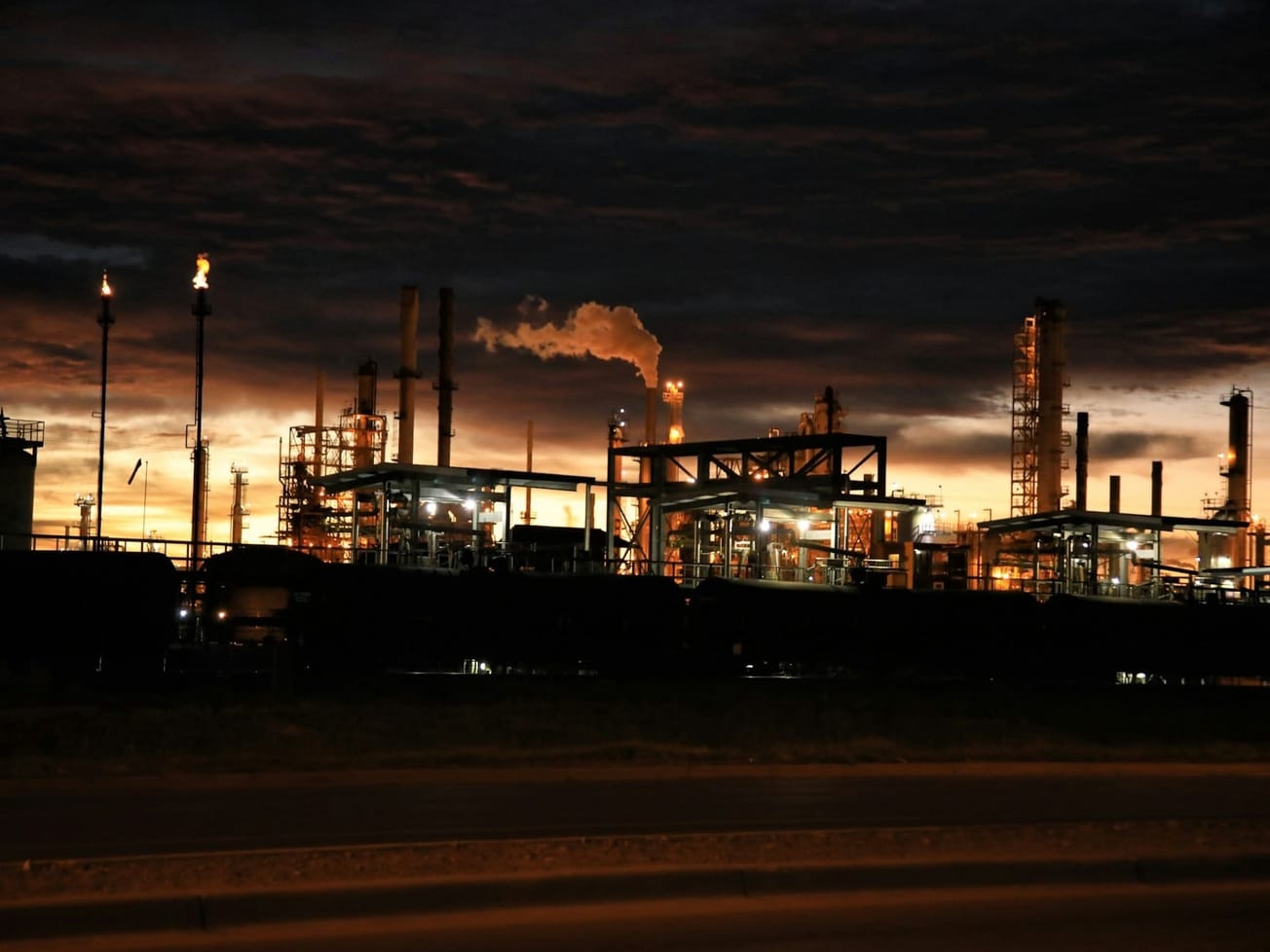
World on track to breach Paris treaty and head to almost 3° C. of warming
Emissions must decrease 42% by 2030 to keep the 1.5° target alive. Instead, they're expected to rise 3% by then.
Already have an account? Log in
Emissions must decrease 42% by 2030 to keep the 1.5° target alive. Instead, they're expected to rise 3% by then.
Nikki Haley has adopted Trump's hard line against U.N. participation but stopped short of calling for total withdrawal.
Heat-trapping greenhouse gases keep collecting in the atmosphere at a record rate, the U.N. weather agency found.
Government plans would blow past limits needed to limit warming to 1.5° Celsius above pre-industrial levels.
The International Energy Agency expects a far greater role for solar, wind and other clean technologies, with 10 times as many electric cars on the road this decade.
In 2015, nations committed to hold global warming to no more than 2° Celsius above pre-industrial levels, or preferably 1.5°.
Despite the absences, the politics of catastrophe and climate inaction toward Earth's impaired health await the assembly's annual gathering of world leaders next week in New York.
African leaders say they have a market-based plan to fight warming that will spread development on the continent.
In the recording, UAE officials anticipate a need to "minimize" attacks on the Gulf nation's human rights record when it hosts COP28 in Dubai later this year.
As climate litigation increases, the body of legal precedent grows, forming an increasingly well-defined field of law.
China's President Xi Jinping took an apparent swipe at mulilateral approaches to the climate crisis at the end of four days of high-level U.S.-China climate talks.
Extreme weather events and new records are becoming the norm as Earth suffers warming oceans, fires and rising floods.
Some 1,475 out of 4,000+ governments and businesses had net zero emissions targets, but "integrity" measures are lacking.
The annual average near-surface global temperature between 2023 and 2027 will likely be more than 1.5° Celsius above pre-industrial levels for at least one year.
Droughts, floods and heatwaves drove food insecurity and mass migration as communities on every continent were hit by massive costs, the World Meteorological Organization said.
The Middle East and North Africa are particularly vulnerable to climate change, but many health impacts are unknown.














